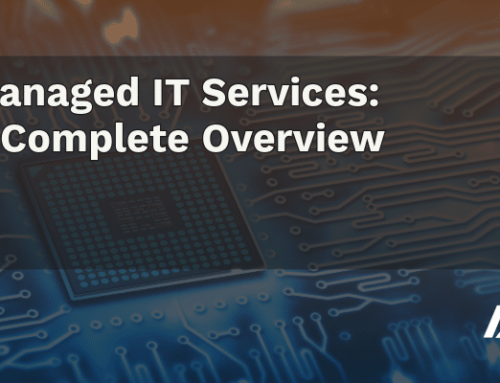With the rising number of cyber threats, it can be difficult to ensure the availability of your business-critical systems. Distributed denial of service (DDoS) attacks in particular are causing severe downtime for organizations everywhere.
Here’s what you need to know about what this increasingly-common threat could mean for your business.
What Is a Distributed Denial of Service Attack?
Distributed denial of service attacks occur when compromised systems flood a server with junk internet traffic. The result? Normal traffic is disrupted, and legitimate users are unable to access their systems or devices.
Unlike other attack types, DDoS attacks aren’t an attempt to steal information but to take down a website, and motives often range from extortion and hacktivism to pure boredom.
DDoS Attack Warning Signs
DDoS attacks are so successful because the “symptoms” of an attack don’t appear unusual, making it hard to spot when an attack is occurring. If, for example, a site suddenly slows down or becomes unavailable, this may be due to legitimate spikes in traffic, but it may also signify a DDoS attack. Leveraging an analytics tool, you can check for other common warning signs, including:
- An enormous amount of traffic from a single IP address
- Unusual traffic patterns, such as spikes at specific times during the day
- A large amount of requests to an endpoint
The Consequences of DDoS Attacks
DDoS attacks can cause severe outages and, as a result, significant financial loss as IT teams work to get servers back up. In fact, Veeam software reported that just an hour of downtime on a normal application can cost businesses $61,642. These attacks can be even more detrimental to organizations, such as e-commerce companies, whose business heavily relies on high-performing web servers.
In addition to the costs of server downtime, victims of DDoS attacks often face large remediation costs. Added internal labor costs and the need to hire outside consultants are just some of the ways costs can quickly build up while the incident is being resolved.
The biggest consequence of a DDoS attack, however, is loss of customer trust and confidence according to a study conducted by Corero. After all, across all industries, the performance of a business’s web services is critical to maintaining a positive reputation. Thankfully, there are steps organizations can take to mitigate the chances of a DDoS attack and, if one does occur, the damage that it could cause.
Protect Your Business With These DDoS Mitigation Tips
PERFORM A RISK ASSESSMENT
While it’s impossible to avoid DDoS attacks completely, a risk assessment will give you valuable insight into the strengths and vulnerabilities of your IT assets and help you build an effective response strategy.
HAVE A RESPONSE PLAN
If an attack occurs, how will your business respond? Having an action plan in place is key to responding efficiently and minimizing server downtime. The more complex your infrastructure, the more detailed your strategy should be, but companies of all sizes need a plan that includes a trained incident response team, notification and escalation procedures, and a communication plan for all stakeholders.
MONITOR YOUR NETWORK
No matter how air-tight your response plan is, you won’t be able to react fast enough if you don’t keep a close eye on your network. In many cases, bad actors will carry out smaller attacks to test whether they’ll go unnoticed, and with robust network monitoring solutions, you can catch these small-scale attacks before they escalate.
Get DDoS Protection With an Industry-Leading MSSP
We’re industry leaders in cybersecurity, here to help you minimize cyber attacks on your business with solutions that are right-sized for your business. Connect with us today to learn more about how we secure your organization from today’s increasing number of cyber threats.




